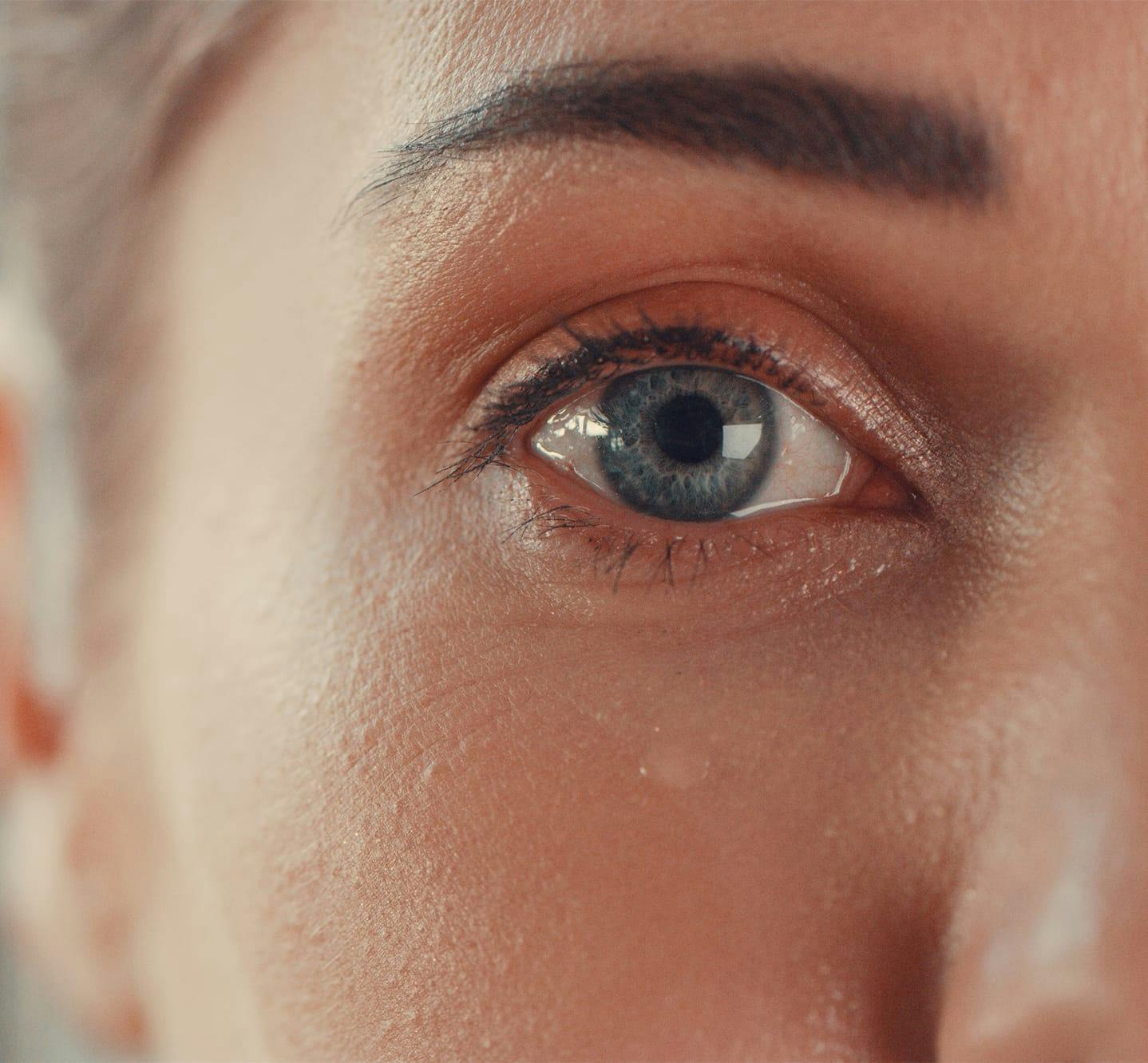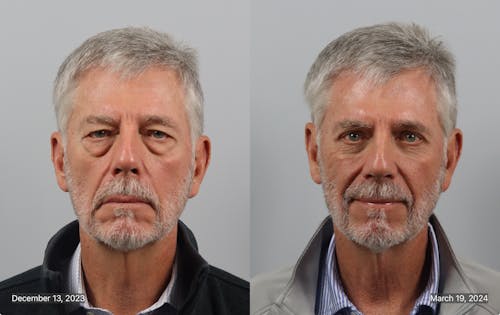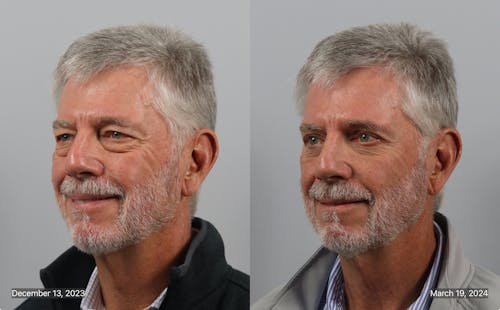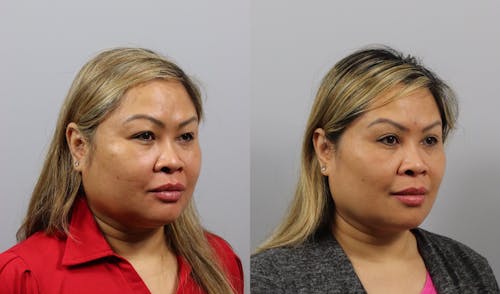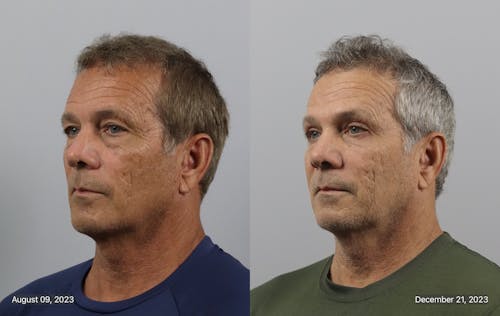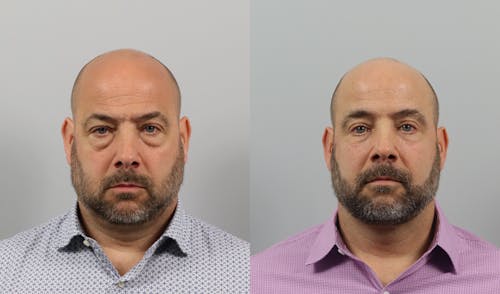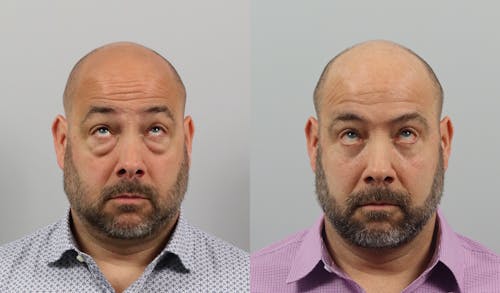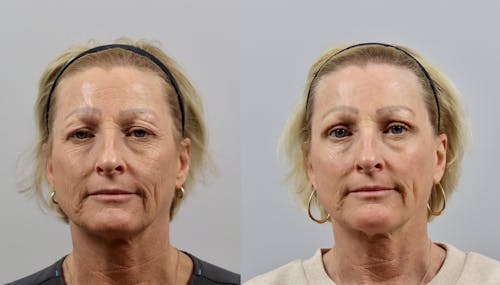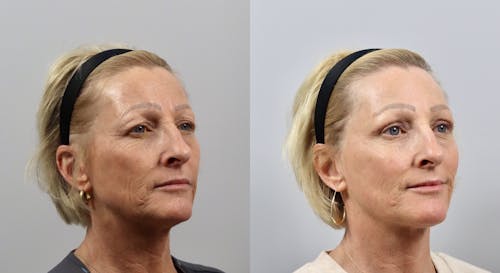An eyelid lift, or blepharoplasty, surgically removes, sculpts, and recontours excess skin and fat from the area above and below the eyelids that may block vision or make the face look tired.
Choose Nashville’s Leading Eyelid Lift Experts
As a board-certified and fellowship-trained oculoplastic surgeon with over 20 years of experience, Dr. Deborah Sherman is Nashville’s leading expert on eyelid lift (blepharoplasty) surgery. Leveraging her extensive background in ophthalmology, she takes great care to enhance and protect her patients’ eyes and vision when performing cosmetic eyelid surgery. She strives to use her expertise to create an alert, refreshed, and line-free look without altering her patients’ unique features or expressions. Teaming up with Dr. Sherman is Dr. Mark Melson, a board-certified ophthalmologist specializing in enhancing the cosmetic and functional aspects of the eyes with a commitment to holistic medical care excellence. Together, the team of surgeons at Sherman Aesthetic Center brings over five decades of experience in facial and eye aesthetics. If you have questions about cosmetic eyelid surgery or blepharoplasty in Nashville, TN, feel free to reach out to us and schedule a consultation today.

